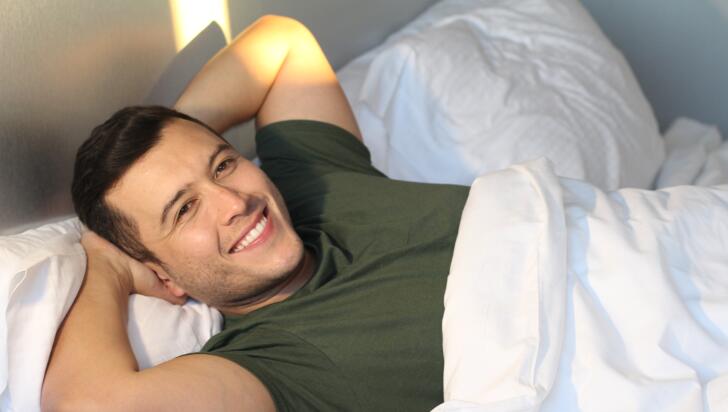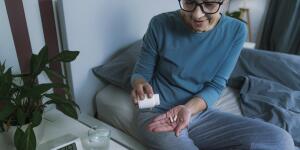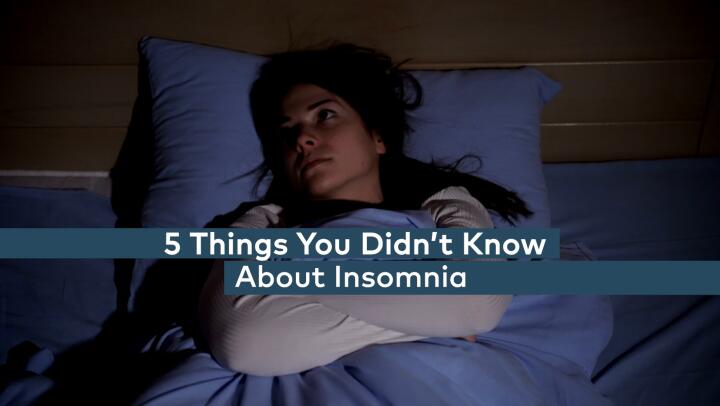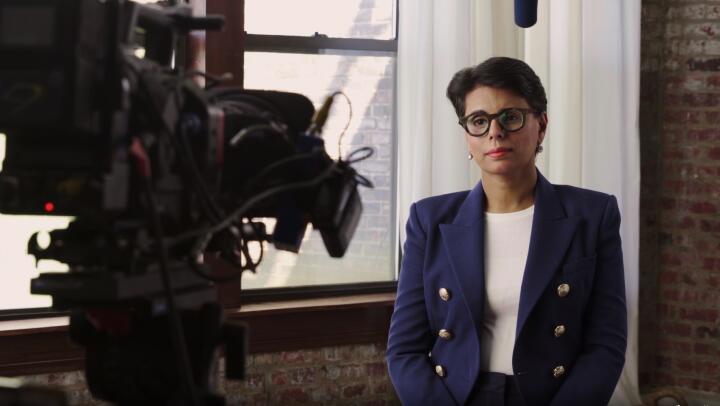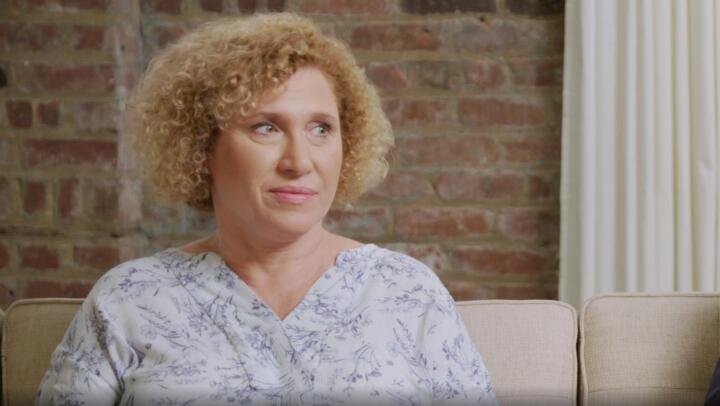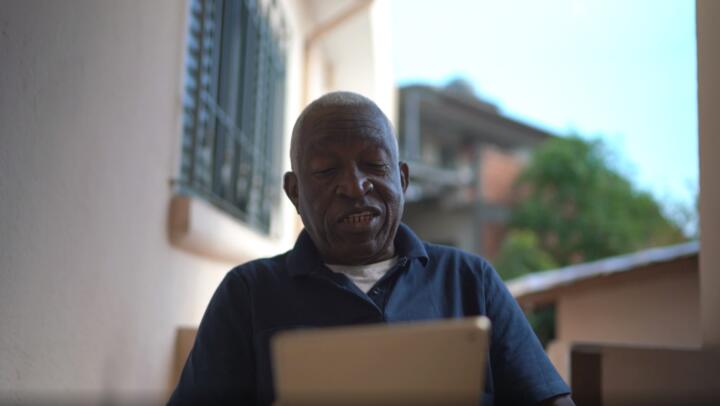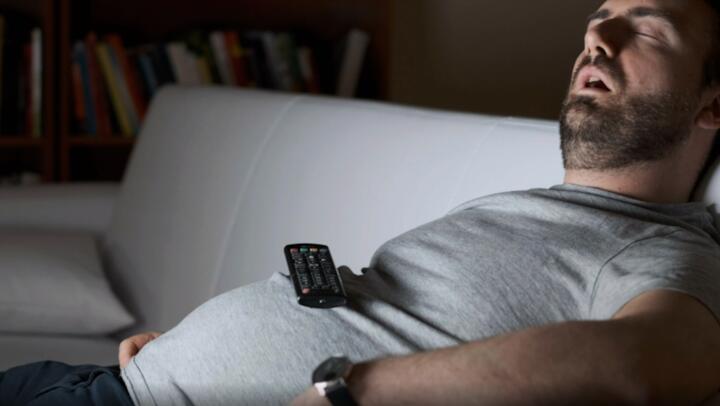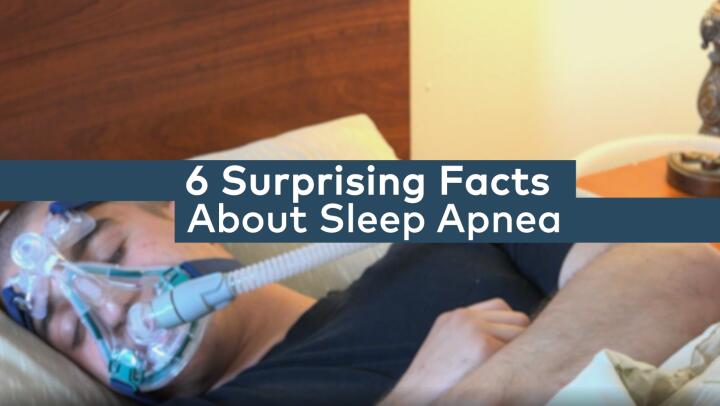-

Tired of counting sheep? You’re not alone. About 50 million to 70 million Americans suffer sleep problems, such as trouble falling asleep, staying asleep, or having a restful sleep.
It’s important to bring chronic sleep problems to your doctor’s attention. But for occasional sleeplessness, many types of sleep aids exist that may help, including medications, supplements, smartphone apps, and a host of devices and tools. Here’s a look at what’s available to help you or your child find a good night’s rest.
-
1Over-the-Counter Sleeping Pills

Common sleep aids available over the counter include medications containing antihistamines, such as Benadryl, Aleve PM, and Unisom SleepTabs. These are sedating drugs that can cause daytime drowsiness, dry mouth, blurred vision, and other side effects. They shouldn’t be taken longer than two weeks; should not be mixed with alcohol; and are not recommended for people with certain conditions, such as asthma, sleep apnea or glaucoma. They also could interact with other medications. If a child is taking these, verify the correct dosage (since they are designed for adult use). Check with your doctor or child’s pediatrician before using these drugs.
-
2Prescription Sleeping Pills

Prescription sleep aids come in several forms.
- Benzodiazepines, such as clonazepam (Klonopin), lorazepam (Ativan), and alprazolam (Xanax)
- “Z-drugs,” such as zolpidem (Ambien) and eszopiclone (Lunesta).
- Antidepressants, such as amitriptyline (Elavil), mirtazapine (Remeron), and Trazodone.
About 80% of people have a “hangover effect” the day after using sleep medicines, feeling drowsy and dizzy, with inability to think clearly. Z-drugs can cause sleepwalking, sleep driving, or even sleep eating while under the influence. Benzodiazepines can be addictive. Generally, prescription sleep aids should only be taken temporarily. They also are not approved for children.
-
3Melatonin

Your body makes a sleep hormone called melatonin that signals your brain when it’s time to sleep. You can also take melatonin pills, which are available as an over-the-counter supplement. However, they are not considered a drug by the Food and Drug Administration (FDA) and therefore aren’t regulated (so what’s on the label may not be what’s in the pill you take). Some studies indicate melatonin supplements can help people experiencing jet lag, having trouble falling asleep, or who work the night shift, but long-term effects aren’t known. Your doctor can provide dosage advice and raise alerts about possible drug interactions.
-
-
4CBD (Cannabidiol)

CBD is a non-psychoactive chemical found in marijuana. In other words, it doesn’t produce a “high.” But some studies indicate it can help relieve insomnia. A research overview in 2017 by the U.S. Veterans Administration suggested CBD worked for this purpose. More recently, in a double-blind study in Australia, 23 of 24 randomized participants with chronic insomnia who were given CBD extract under their tongues for two weeks found it improved their symptoms, compared to a placebo. Most of the participants (20) were women, with a mean age of 53. They experienced no adverse side effects, researchers reported.
-
5White Noise

Think of the ssshhh static sound made between radio or TV stations on a dial, or the soft whir of spinning fan blades. These are examples of white noise, which occurs when every sound frequency is played at the same level in random order. Studies have shown white noise can mask other sounds and help adults, babies and small children sleep better. Other types of noise include pink, brown, blue and red, which have varying tones and effects. Sleep sound machines can help you find the noise that works best for you.
-
6Sleep Apps

Many smartphone and tablet apps exist to help you get to sleep. Popular apps include Headspace, Calm, Slumber and more. These apps can play white noise or other soothing sounds, read bedtime stories (for adults and kids), or lead you through meditative, sleep-inducing exercises (such as Headspace’s “sleepcasts”). Some (like Sleep Cycle) also claim to track your sleep, primarily by sensing your movement and breathing. The American Academy of Sleep Medicine says such consumer sleep technologies are as yet unproven but can help you become more aware of your sleep patterns and provide information for your doctor.
-
7Sleep-Inducing Toys

Ewan the Shushing Sheep is a stuffed animal for infants that plays sleep noises, such as the sound of rainfall, a vacuum cleaner, womb sounds, or a human voice saying “Shush.” Ewan shuts off after 20 minutes but resumes playing soothing sounds if sensors detect your baby is stirring. The toy is one of many cuddly, sound-playing and sensor-activated toys are now available. Fisher Price’s Soothe ’n Snuggle Otter adds a rhythmic breathing motion your baby can see and sense. Another baby-focused sleep aid, Zed, vibrates your infant’s mattress to recreate the feeling of being in a car. Image credit: https://sweetdreamers.co.uk/ Sweet Dreamers, Ltd
-
-
8Night Lights

Night lights can be controversial, since sleep experts generally say the less light during bedtime, the better. Others, however, say you or your child may find a night light comforting or helpful. They recommend seeing how you or your child sleeps with or without a night light before deciding to go lights-out. Pay attention to the color of your night light, however. Some studies indicate red light may improve sleep, while blue light can interfere with melatonin production and make sleep more difficult.
-
9Cooling Pillows

Hot flashes or an overheated room (above the 60 to 70 degrees deemed optimal for sleep) can cause you to wake up sweaty in the night and have trouble falling back asleep. To remedy this, a variety of pillows are on the market now designed to cool you down by being more breathable than traditional pillows. Some are made with cooling gel pads, others with bamboo or foam fillings, as well as hypo-allergenic features. The $399 Bluetooth-enabled Moona pillow pad system adjusts pillow temperature through the night, from 64.5 degrees at bedtime to 73 by morning.
-
10Smart Mattresses

Your bed can be a sleep aid, if you don’t mind buying a pricey, specially equipped “smart” mattress. Some of today’s high-tech mattresses come with built-in sleep trackers, meditation programs, heating and cooling features, and sensors to detect and adjust mattress firmness. Some connect to your home WiFi and devices, such as Google Home or Amazon Alexa, letting you give voice commands to make mattress adjustments. A 2016 Consumer Reports survey of 62,000 subscribers found that those with neck and back pain reported better sleep with mattresses that offer firmness adjustments.

